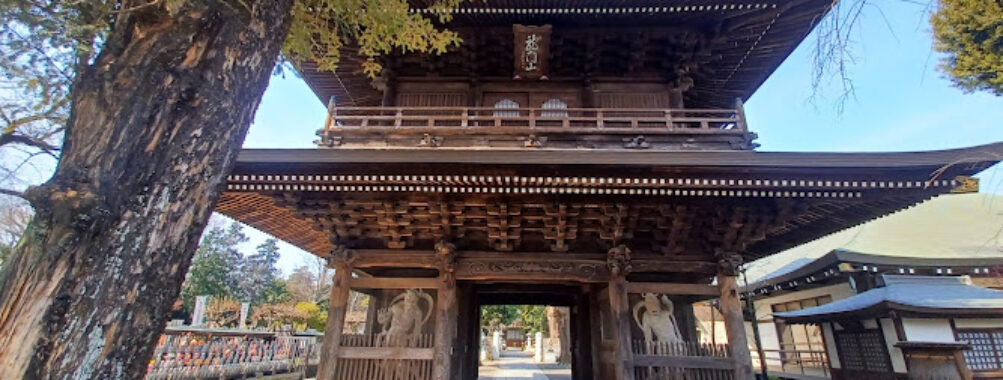
Koanji
Table of Contents
Description
Looking to step back into medieval Japan’s spiritual heart? Koanji Temple stands as a remarkable testament to the vision of Ashikaga Takauji, the first shogun of the Ashikaga shogunate. I remember my first visit – the temple’s weathered walls seemed to whisper centuries of stories. Built in 1367, this architectural marvel showcases classic Muromachi period design that’ll make any history buff’s heart skip a beat.
The temple grounds feel almost frozen in time, with their meticulously maintained rock gardens and ancient trees that have witnessed countless seasons come and go. What really grabbed my attention was the stunning main hall – it’s got this incredible presence that just commands respect. And those ceiling paintings? Absolutely breathtaking. I spent a good hour just taking in all the intricate details.
Key Features
- Original 14th-century main hall with remarkable architectural elements
- Traditional Japanese rock garden (karesansui) that changes character with the seasons
- Historic Buddhist statuary and religious artifacts
- Ancient ginkgo trees believed to be over 400 years old
- Stunning ceiling paintings depicting celestial scenes
- Peaceful meditation areas open to visitors
- Monthly traditional Buddhist ceremonies
Best Time to Visit
From my multiple visits, I’d say early morning (around 8-9 AM) is pure magic here – that’s when you’ll catch the monks going about their morning rituals. The temple really shines during autumn, especially late November, when the surrounding maple trees put on a spectacular show of reds and golds.
Spring brings its own charm with cherry blossoms dotting the temple grounds, usually peaking in early April. But honestly? Winter holds a special place in my heart – there’s something ethereal about seeing the temple dusted with snow, and you’ll find way fewer tourists during this season.
How to Get There
Getting to Koanji isn’t too complicated, but you’ll want to plan ahead. From central Tokyo, hop on the JR line to the nearest station – it’s about a 45-minute ride. Ya know what’s funny? I actually got a bit lost my first time, but that unexpected detour led me to discover some amazing local shops nearby!
If you’re coming by bus, several routes stop within a 5-minute walk of the temple. Taxis are readily available too, though they can be a bit pricey. Pro tip: download a local map app beforehand – the temple’s tucked away in a residential area, and those narrow streets can be tricky to navigate.
Tips for Visiting
Alright, let me share some hard-earned wisdom from my visits. First off, bring cash – credit cards aren’t always accepted for the entrance fee or gift shop purchases. And speaking of the gift shop, they’ve got these amazing hand-carved Buddhist statues that make perfect souvenirs (I couldn’t resist getting one myself!).
Remember to dress respectfully – you’ll need to remove your shoes in certain areas, so wear socks without holes (learned that one the embarrassing way). Photography is allowed in most areas, but flash photography is a big no-no inside the main hall. Oh, and try to avoid visiting during major Japanese holidays unless you’re cool with crowds.
The temple hosts morning meditation sessions – totally worth experiencing if you can make it. Just show up about 15 minutes early and bring a light jacket, as the meditation hall can get chilly. And here’s something most guidebooks won’t tell you: the elderly gentleman who tends the garden is a wealth of historical knowledge. If you catch him working (usually early mornings), he’s usually happy to share fascinating stories about the temple’s history – just remember to be respectful of his time.
Last but not least, pack some water and snacks if you’re planning a longer visit. While there are vending machines nearby, they’re not always stocked. Trust me on this one – nothing ruins a peaceful temple experience quite like a grumbling stomach!
Location
Places to Stay Near Koanji
Find and Book a Tour
Explore More Travel Guides
No reviews found! Be the first to review!